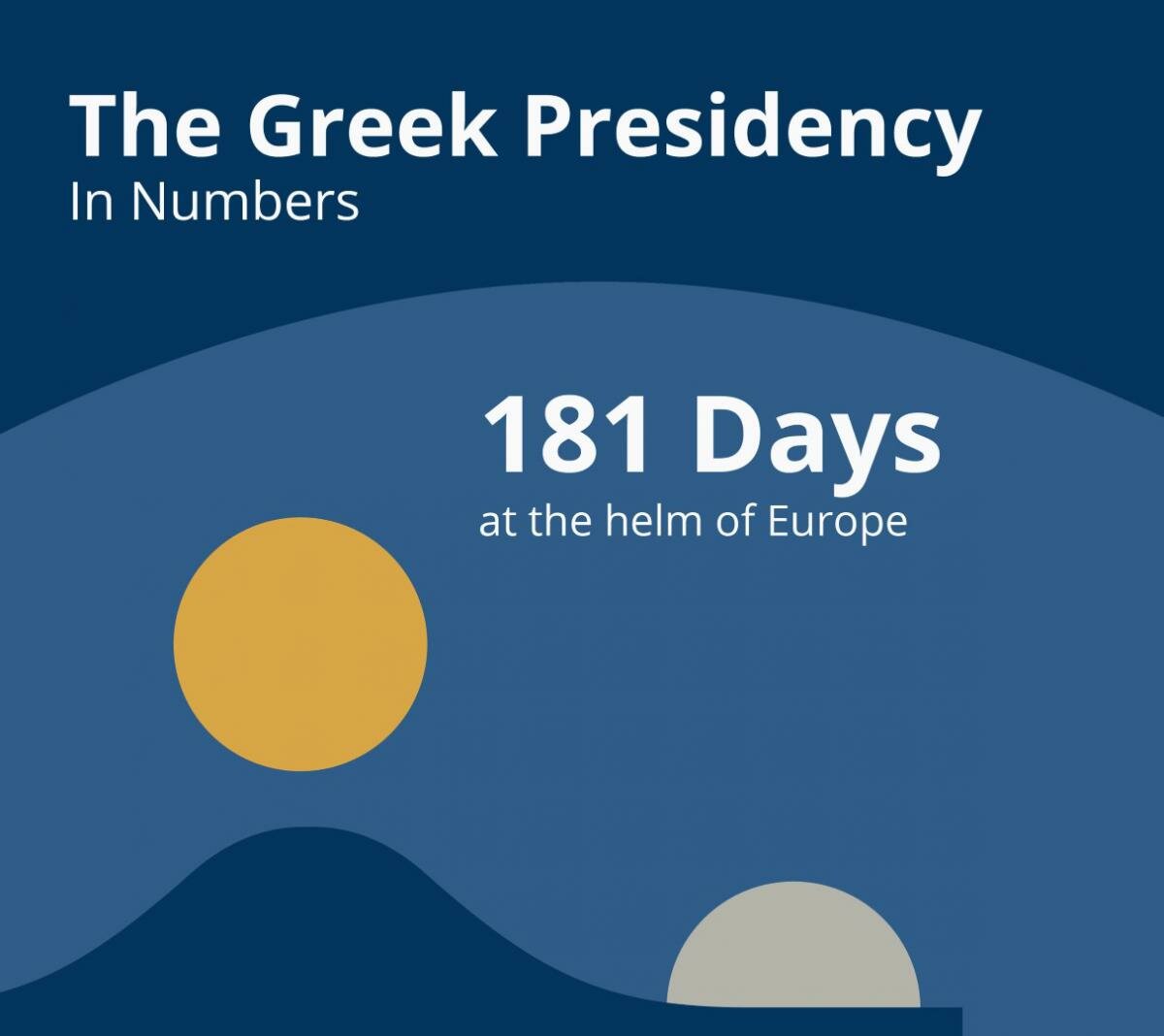E-commerce: Click on consumer protection
Electronic commerce, commonly known as e-commerce is a type of industry where the buying and selling of products or services is conducted over electronic systems such as the Internet and other computer networks. Electronic commerce draws on technologies such as mobile commerce, electronic funds transfer, supply chain management and internet marketing. Modern electronic commerce typically uses the World Wide Web; however, e-commerce may also encompass a wider range of technologies such as e-mail, mobile devices, social media, and regular telephones.
The use of the Internet in Europe has grown rapidly and more and more people shop online. According to Eurostat, in 2004, only 40% of EU households had internet access at home, while in 2012, the percentage climbed to over 70%. E-commerce is absolutely safe, as long as users check the credibility of the websites they use before they send out private information. Moreover, the use of social media can build up trust between companies and consumers, since the latter are encouraged to submit comments and complaints, or exchange views on products and provided services.
As e-commerce runs across the EU and involves purchases from one country to another, the EU has been keenly interested in its promotion. For one, it strengthens the single market, while common rules for businesses make it easier for them to trade all over Europe. E-commerce can deliver considerable welfare gains since consumers have at least twice the choice when shopping online rather than offline, while cloud computing can offer more flexible services that are device or platform independent. It has been calculated that, if e-commerce in goods reaches 15 % of retail sales and all Single Market barriers are removed, the overall gain for consumers would be around € 204 billion. One important prerequisite however, is to build and safeguard consumer confidence.
To this end, the European Union consumer rights directive, which was recently approved by the European Parliament, attempts to clarify and simplify the procedures for distance commerce. The Directive aims at achieving a real business-to-consumer (B2C) internal market, striking the right balance between a high level of consumer protection and the competitiveness of enterprises. To this end, the EU makes provisions for consumer safety, regarding information circulating online, and clarity in terms of the legal framework ruling business conducted online. The objective is to eliminate potential problems of such transactions and to make it possible for new rules to be equally endorsed and applied by all member states.
Among other things, the directive aims to eliminate hidden charges and costs on the Internet and increase price transparency. It also bans pre-ticked boxes on websites and ensures better refund rights for consumers. Finally, surcharges for the use of credit-cards and hotlines have been eliminated and the rules on who pays for returning funds have become clearer.
In 2012 the average online spending by consumers in EU28 and Europe was €1,234 and €1,402 respectively. Greece may have been a late starter but it is now the second fastest growing market in Europe. In 2013 e-commerce in Greece grew by 61% with the growth rate in Turkey being 75%, in Ukraine 41%, in Hungary 35% and in Romania 33%. These are the top five emerging countries in e-commerce growth.
Online sales can leverage income and the new directive is expected to become a significant drive for growth. Contributing to the European debate on the digital single market, the Greek Presidency is hosting, on 17 March, a conference titled ‘Getting Consumers Digital,’ with special focus on the crucial role of consumers in the digital environement.








